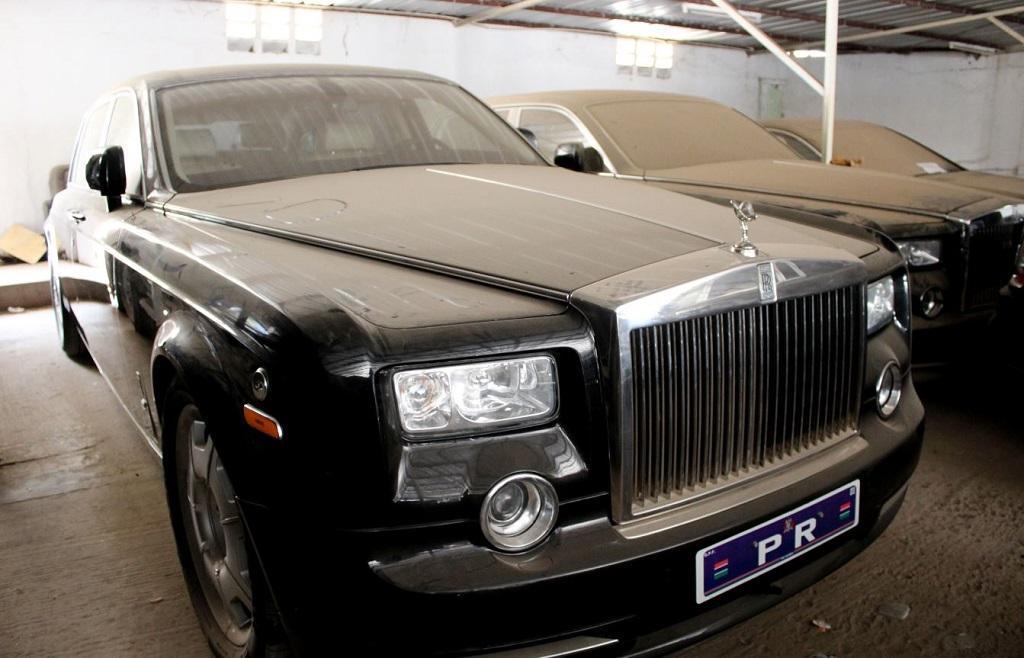Africa-Press – Gambia. The Gambia government this weekend released for the first time an official inventory of assets seized from former President Yahya Jammeh and sold by the state, a move heralded as a long-overdue gesture toward transparency. Yet the absence of several high-profile items — notably Mr. Jammeh’s fleet of luxury vehicles — has left many Gambians questioning the completeness of the disclosure.
The Ministry of Justice published a ledger cataloging hundreds of transactions involving confiscated assets, including cars, construction equipment, maritime vessels, and household goods. Each entry records the item sold, buyer’s identity, reserve price, sale date, and final amount paid — an unprecedented level of disclosure for a country still reckoning with two decades of authoritarian rule.
However, missing from the records are several of the former president’s most iconic possessions: a collection of high-end automobiles, including Rolls-Royces, customized stretch Hummers, high-end Mercedes Benzes, Bentleys, and Range Rovers, which had become enduring symbols of his extravagant leadership.
No explanation was offered by the Ministry regarding the status of these vehicles, whether they were sold, retained by the state, or otherwise unaccounted for.
“This is an important, commendable step — but far from the finish line,” said a civil society advocate, speaking on the condition of anonymity to preserve working relationships. “Without a full reckoning of the most valuable and visible assets, confidence in the process will remain limited.”
Mr. Jammeh ruled The Gambia from 1994 to 2017, when he was forced into exile following a surprise election defeat and regional pressure. A truth commission later concluded that he oversaw widespread human rights abuses and misappropriated public funds on a grand scale.
Since then, the administration of President Adama Barrow has pledged to recover looted state property. While some efforts were initially welcomed, they have long been criticized for their opacity.
Tensions came to a head last Thursday when protesters with the activist group Gambians Against Looted Assets (GALA) took to the streets of metro Banjul for two consecutive days, calling for full transparency in the asset recovery process. Their demonstrations were fueled by a report from investigative journalist Mustapha K. Darboe, which exposed inconsistencies and unexplained gaps in the government’s records.
In apparent response, the Ministry released the asset ledger this Saturday. For the first time, it named individual and corporate buyers of confiscated items — a shift analysts say suggests growing pressure on officials to demonstrate accountability.
Yet the absence of the marquee items like his Rolls Royces continues to dominate the public conversation.
“People don’t just want spreadsheets,” said a political analyst who spoke to this medium. “They want to see accountability where it matters most — and that means knowing what happened to the Rolls-Royces.”
As The Gambia continues its fraught transition toward democratic governance, the disposition of Mr. Jammeh’s fortune remains a test of institutional integrity — and a symbol of the country’s broader struggle to confront its past.
For More News And Analysis About Gambia Follow Africa-Press






